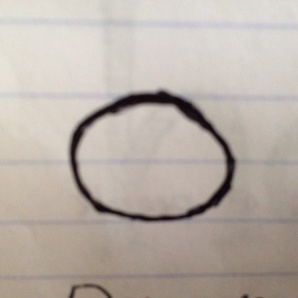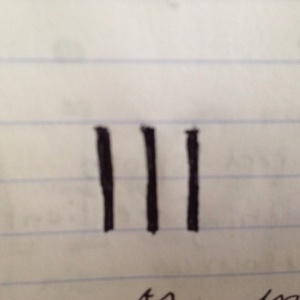As we journeyed back in time to visit the ancient Egyptians, Greeks and Romans, the Foundations of Design were created. We see the principles and elements repeated throughout history in simple shapes and forms.
We started this unit in Salisbury, England discussing Stonehenge. Quickly we came to realize, prehistoric times were not simple times. The shape of Stonehenge is a circle, one of the predominant shapes in nature. The shape that represents life, an infinite line, never completely ending is made out of rings of giant stone. With no written record of what Stonehenge was actually used for, the experts have guessed to believe its’ purpose was for either religious ceremonials or burial places. This is a massive structure, that took much planning and strategic maneuvering. The interesting thought is that someone at this time was “designing” these structures.
Heliopolis, or “city of the sun”, was also a prehistoric place of massive design. The Great Pyramid of Giza used deliberate design technique. The Egyptians were very in tune with the cosmos, always wanting their structures to reach up to the heavens. The pyramids were designed so the sun would hit the very top and the sun would come down and reach the four corners of the earth. The Egyptians also incorporated design elements and principles such as size, color, dominance, and contrast. The Egyptians constructed these massive columns with written language. They designed the columns with such great height to impose and create intimidation. Also the Sphinx is enormous stone structure. The pyramids were made out of limestone, which is a lighter color than the rest of the sand of the desert which made them appear even larger. All of these giant creations were built to portray power and authority of the pharaoh in their hierarchical society.
Just from these ancient civilizations, we see the repetition of these shapes and forms: circles, groves, and stacks.
As ancient Greece comes along, we start to see a combination of these shapes together.
Groves + Stacks = Temples + Palaces
The Greeks were all about Order and Proportion. They wanted the ideal structure. The Greek mindset was perfection on both the inside and the outside. The Greeks were known for their columns; Tuscan the prototype which was plain, doric the archetype which had a fluted shaft, ionic the archetype which had a fluted shaft and horns, Corinthian another archetype which had a fluted shaft and leaves, and lastly there was the composite column which was a hybrid that had a fluted shaft, horns, and leaves. As their designs went along, they each kind of based it off the one previous to it adding a little something different.
Many Greek buildings were made for religious purposed or to honor the gods, like the Parthenon.
As Rome comes along, they create many of their structures based off the Greeks. Unlike the Greeks where they strived for perfection, the Romans were only interested in the façade. They only cared about what their structures looked like from the outside, trying to impress one another.
Rome was also known for their centrality and ultimate authority. The saying, “all roads lead to Rome” is very apparent. They created a grid system of roads and pathways to connect everything together that lapsed the entire Roman Empire.
The gothic cathedrals were massive structures constructed during the middles ages. Again as we have seen it before in the cathedrals were designed to reach as far up to the heavens as possible. That connection between heaven and earth is something that is repeated in almost every civilization. The cathedrals were similar but varied regionally. These structures all across time were expressions of faith in glass and stone. The cathedral in Salisbury used stained glass windows in its’ structure. The light would shine through the glass and heat up the cold damp stone. The cathedral in Florence, where is climate is warmer, used mosaic stones. The sun would reflect of the shimmery stone and light up the church.
As history repeats itself, design repeats itself as well. Every society and civilization builds off other ideas already created. The simple forms of the circle, groves, and stacks have been used over and over again.



well done! comprehensive work…